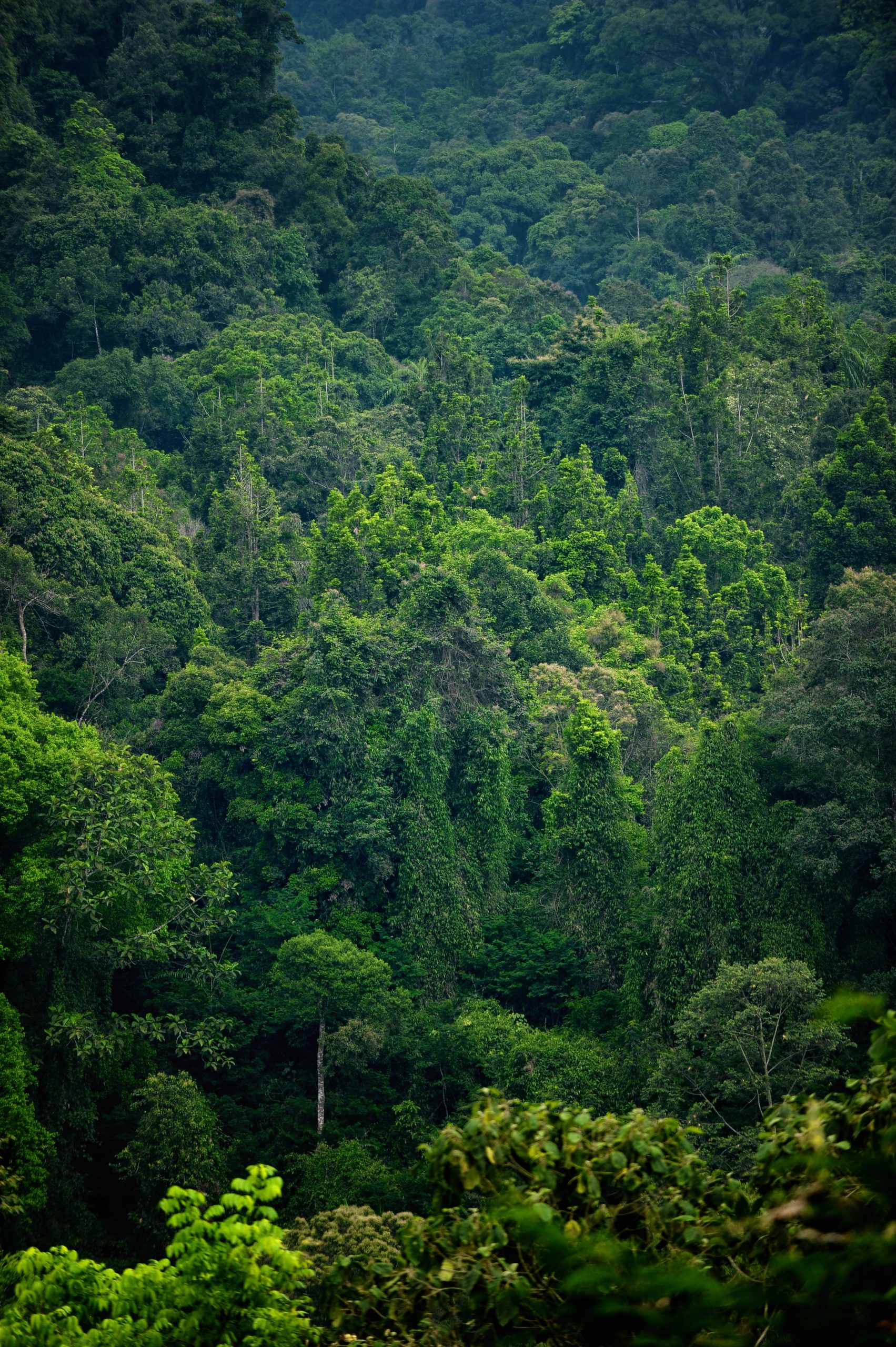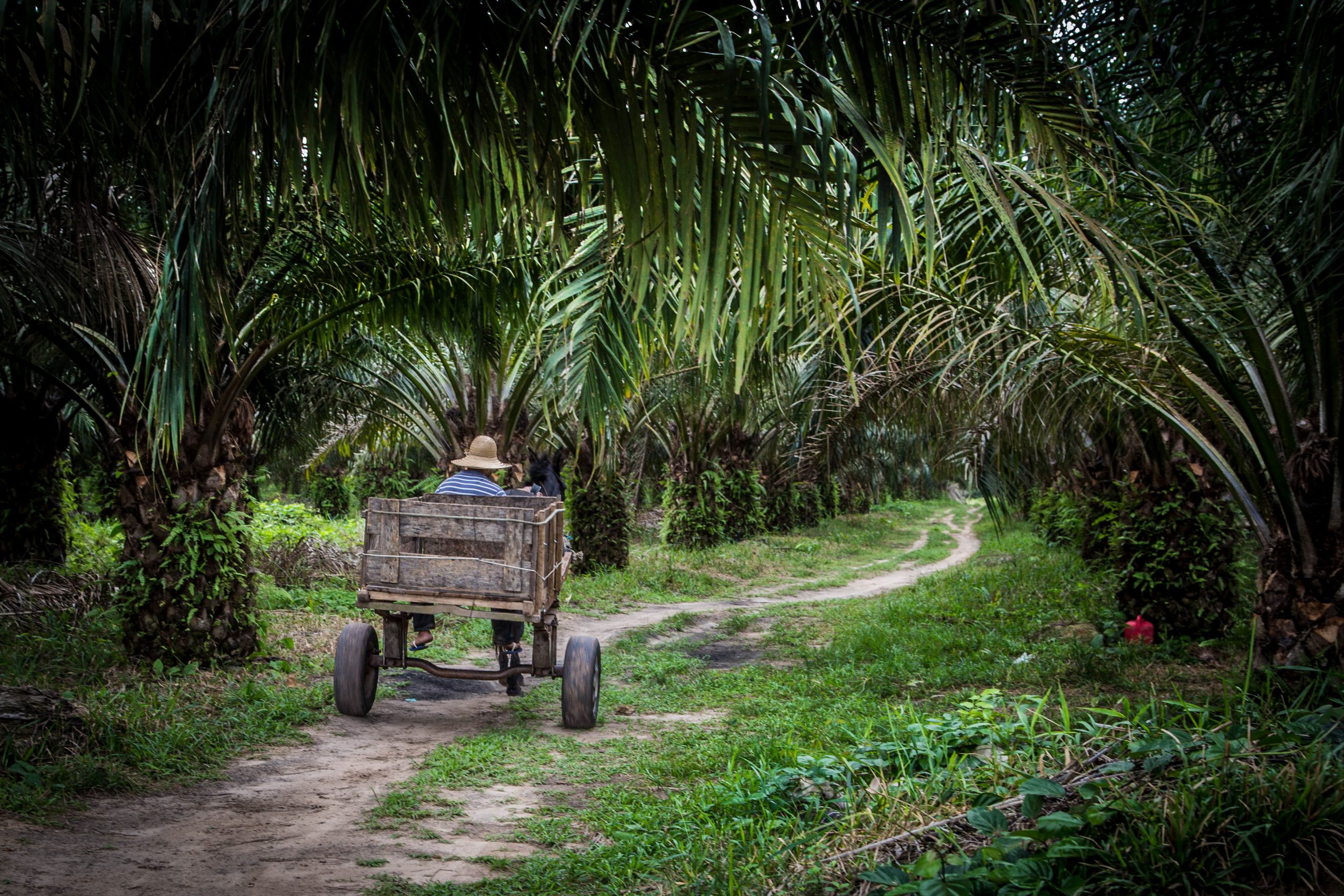Duration of engagment
Short (6-12 months to establish, depending on availability of data)
Cost
($)
Staff time for ongoing data collection and monitoring
($-$$)
Cost to establish/strengthen landscape/jurisdictional partnerships for traceability and certification
($$)
Cost to create baseline data for traceability and certification
($$-$$$)
Cost of technical assistance to set up traceability and certification systems
In the real world
Expanding certification through Centers of Excellence
In Indonesia, companies are working with member districts of the Sustainable Districts Association (LTKL)to create jurisdiction-level commodity certification. Participating companies include Musim Mas, PepsiCo, Mondēlez, Kirana Megatama, and Cargill; work is taking place in Musi Banyuasin, Aceh Tamiang, and Siak districts. The parties are creating district-level Centers of Agricultural Excellence to effectively monitor and report each district’s progress on achieving sustainable commodity production based on credible data. The Centers also seek to expand RSPO certification and participation in schemes – such as the Verified Sourcing Area system – that expand market access for sustainable commodities. To back such efforts the RSPO is adapting its standard to enable extension of the certification approach to the level of a jurisdiction.
Key points for companies

Work together to set up jointly funded, independently operated, open source tracing systems for commodities produced within a landscape/jurisdiction. Under such a system:
- Land use maps and a traceability system are developed through, agreed to, and regularly updated by L/JI stakeholders.
- An independent third party gathers stakeholders’ information, including satellite imagery, locations from which companies make purchases, and the movements of commodities from farmgate to their exit from the jurisdiction.
- The company integrates this local system with its own tracking efforts from the landscape/jurisdiction further downstream.
- All stakeholders regularly update data to maintain the integrity of their joint traceability system.

If there is interest in expanding from joint traceability to a full certification system for the landscape/jurisdiction, collaborate with the government and third-party independent certifiers to create one. Key elements of this approach:
- A clear linkage of the certification effort to an L/JI ensures all partners in the initiative support certification as a contribution toward meeting the initiative’s goals.
- Established and credible standards, and direct engagement with international certifying bodies, enable the landscape/jurisdiction to develop its certification system.
- Certification bodies have capacity to educate producers and other supply chain partners on the value and the process for achieving certification at the landscape/jurisdictional level.
- Demonstrated value-add of certification for producers and other supply chain partners motivates and sustains their participation.
External conditions that improve likelihood of success
- For traceability systems:
- An independent third party with technical capacity to develop a tracing system.
- Appropriate training and technology for all actors who need to contribute data to the system and use data produced by the system
- Capacity to gather data (particularly those which are often only available to the government) and to develop digitized maps
- For landscape/jurisdiction-level certification systems:
- Availability of credible international commodity certification standards and bodies for the commodities produced in the landscape/jurisdiction, to serve as a reference point and source of technical guidance.
- A public, non-profit, private, or multi-stakeholder entity based in the landscape/jurisdiction that is willing and able to develop and operate a certification system.
- Significant potential benefits for producers and supply chain partners from participating in certification at the landscape/jurisdictional level.

The business case for this intervention
- Access to landscape/jurisdiction-level traceability and/or certification systems increases the effectiveness of company investments in an L/JI and can reduce company costs for tracing and certifying commodities produced in the region.
- Joint tracing/certification levels the playing field and makes it harder for laggards to free ride on the sustainable sourcing efforts of leading companies.
- Better information from tracing can identify areas where commodities are not being produced sustainably, and certification can identify trouble spots within the landscape/jurisdiction, making it easier for L/JI partners to target resources and strategies.

